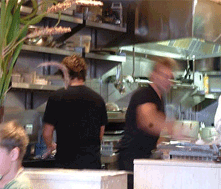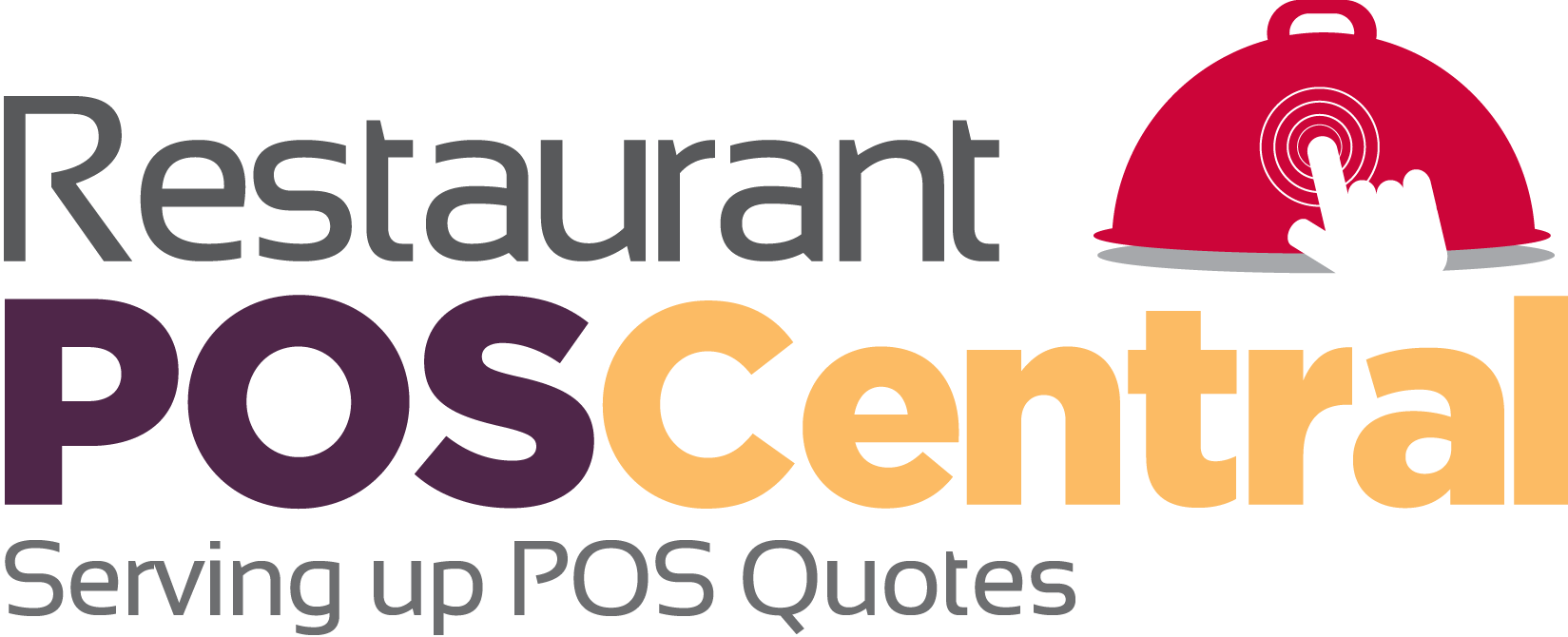POS Kitchen Management Technology Can Improve Restaurant Operations

If your restaurant has a state-of-the-art POS (point-of-sale) system, it’s possible you already have automated kitchen management, often known as a kitchen display system (KDS). If not, you could be missing out on a chance to significantly improve staff efficiency and customer service, while reducing waste and increasing your bottom line.
Don’t Neglect the Kitchen Back End
Though many restaurant owners are adopting POS technological advances at the front of the restaurant, where the customers are directly involved, fewer are using back-end solutions that benefit kitchen workers such as cooks and their assistants. A KDS can make life easier for them, and for that matter, for the people who deal directly with customers: your wait staff. The net result can be a more satisfactory customer experience and greater profits for you.
How a KDS can improve your restaurant
- It can help keep orders straight and avoid costly mistakes. Apart from screaming babies and long wait times, few things are more frustrating to restaurant customers than a botched order. But mistakes happen, and they’re more likely to happen with handwritten tickets that can be misread, lost or accidentally destroyed in a busy kitchen. These mistakes cause measurable food waste but can also create losses that are not so readily measurable; never underestimate the damage that a single unhappy customer can do. A KDS can remove the guesswork and mistakes from the ordering process because the waitperson keys the order into the iPad or other device, and it appears on the kitchen monitor exactly as ordered.
- It can be a boon for chefs, cooks, and their assistants. A KDS allows food preparers to access recipes, look up visuals of the finished products, and see at a glance any upcoming orders or important notifications. Such features are especially useful when training new food preparers.
- Guest alerts can keep customers apprised of their order. A KDS can tie in kitchen activities with restaurant guests, notifying guests when their meals are prepared and ready to be served or picked up. Customers ordering meals to go are particularly fond of this convenience, but those sitting down to dine may also appreciate mobile alerts.
- Automatic check posting can save time and aggravation. Kitchen management tools can automatically unite the pre-check process with cooking so that no meal is started before it is uploaded onto the digital check. These makes checks timelier and less prone to confusion or error.
- Order analysis and troubleshooting can help you improve your service. If you are a manager in charge of the kitchen, you can sit down at the computer in off-hours and create an order analysis. This compares all recent orders and the responses of the kitchen staff. You can spot trouble areas, such as menu items with unacceptably slow completion times, and you can analyze team productivity. Such information can help you make better staffing decisions and adjust your kitchen and menu to help create the most effective system.
- Order-timing tools can save your sanity during peak hours. Order timing proves particularly useful during busy hours when multiple orders are entered, as well as when you’re dealing with more complex orders. You can analyze specific orders, then create a proper priority list for the kitchen staff to show them when to start working on each order. This ensures that hot meals are delivered when they are hot, cold meals when they are still properly cold, and salad or dessert items are produced in the proper order.
- Automatic timesheets can save money and effort. The kitchen staff benefits from automatic timesheet entries that track hours worked, overtime, and any particular compensation oddities – all without any manual effort.
- Favorite and loyalty features cater to your best customers. For restaurants that have favorite customers, a KDS can allow the kitchen to log favorite meals for customers to help improve any loyalty features the restaurant may use.
Savings (measurable and otherwise)
The dollar amount of savings realized by the features cited above will vary depending upon the type of restaurant you have, its size and volume of business, and numerous other factors. Your POS provider can help you determine how much you can save. And don’t overlook intangibles such as a decrease in stress levels among staff, and an increase in customer satisfaction. It’s not always so easy to put dollar amounts on these benefits, but they are, as a famous commercial put it, “priceless.”
It’s also important to remember that even the most sophisticated and feature-rich POS/KDS cannot substitute for personal service and for caring about the excellence of your food and the quality of each customer’s experience. But a good KDS can leave you freer to focus on these essentials.
Finding the Right Kitchen Display System Your Restaurant?
While a top of the line POS with KDS may not be appropriate for your restaurant if you have a tiny operation, it may still be worth your while to consider some of the options available today for smaller restaurants. Although there is no uniform solution for every type of restaurant, one brand to consider is Revel, which offers a range of iPad based kitchen display solutions.
Revel KDS systems can be customized for your establishment; for instance, if your restaurant has several prep stations, multiple KDS stations can be set up to streamline your entire process and improve efficiency. You can have a KDS for hot orders, one for cold orders, and one used for expediting orders.
Hardware requirements for a typical Revel KDS include an iPad 2 or higher running iOS 7 or higher, Viewsonic VSD241 display monitor, and Acer DA220HQL computer. An Epson® TM-U220 printer is also recommended. However, Revel does not require that you purchase all of your hardware from them.
Apart from hardware costs, price for a Revel KDS varies depending upon the type of restaurant and the configuration of the system. Revel offers industry-specific software packages for a monthly subscription fee that includes the software license. Pricing is broken down per terminal as follows: 1st terminal/register: $119/month, with 24/7 live support, unlimited data storage and security, unlimited software updates and QuickBooks integration; 2nd terminal/register: $70/month with 24/7 live support, unlimited data storage and security, unlimited software updates and QuickBooks integration; and $40 for each additional terminal. All of these prices are subject to change, so be sure to consult with your POS provider for updated information.
Taking the next step
When you are ready to add or upgrade your kitchen display system (or any other aspect of your POS), we are here to help. The best way to begin is to use our price quotes tool. Tell us your needs, and we will provide you with price quotes from up to 6 dealers in your area. With the assistance of one of our trusted partners, you can make the best KDS choice for your restaurant.
